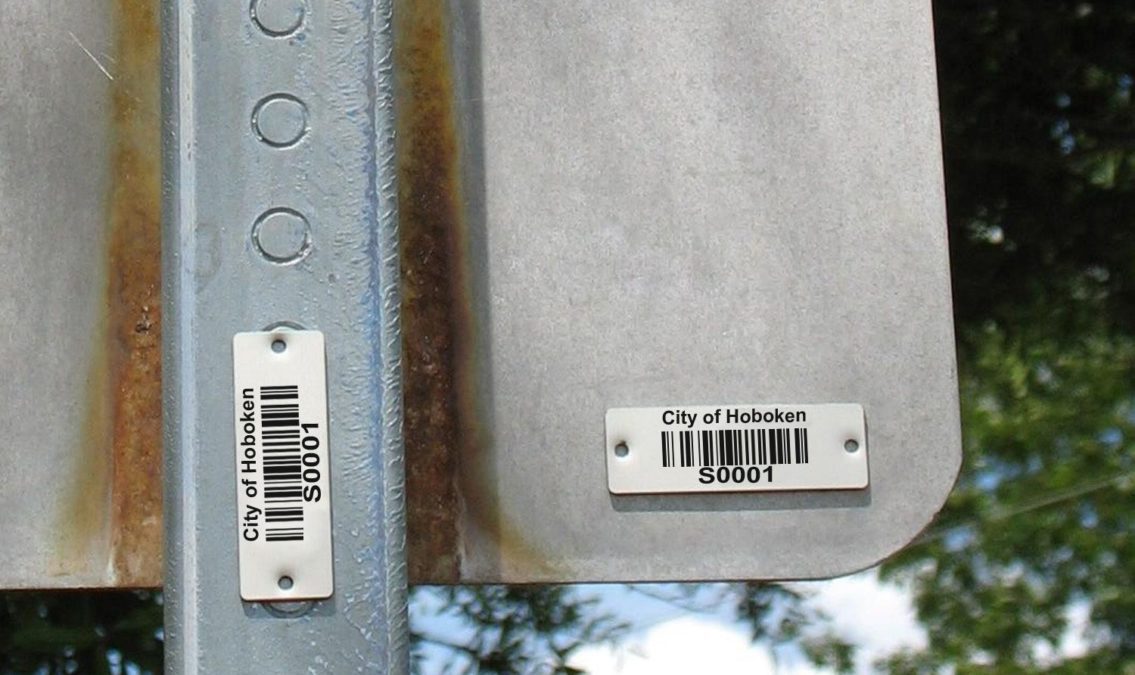What is GASB 34? What is Its Purpose?


The Government Accounting Standards Board (GASB) is an independent, not-for-profit organization. Established in 1984, the GASB works to improve financial accounting and reporting standards for state and local governments.
One of the GASB’s statements, number 34, requires government entities to report infrastructure assets in their statement of net assets.
GASB 34, also known as GASB Statement No. 34, is the accounting and financial reporting standard i for state and local governments in the United States. Implemented in 1999, GASB 34 establishes new requirements for the annual financial reports of state and local governments. It requires governments to report all assets, including infrastructure assets such as roads and bridges, and to account for their depreciation.
GASB 34 also introduces a new financial reporting model that distinguishes between governmental and business-type activities, and it mandates the inclusion of management’s discussion and analysis (MD&A) as a component of the financial report.

The goal of GASB 34 was to improve “the value of the annual audited financial report, making it possible to comprehensively assess the overall financial health of a city, county, or other government for the first time.” As the GASB recognizes, three significant changes Statement 34 made to the appearance and content of government financial reporting were “the introduction of management’s discussion and analysis, government-wide financial statements, and major fund reporting.”
For other GASB standards, check out “What is GASB 35.”
In order to comply with GASB 34, government agencies have turned to durable bar code asset tags for fixed asset tracking to better manage asset life cycles. A fixed asset, also known as an infrastructure asset, also may include road signs, bridges, tunnels, water and sewer systems, dams and lighting systems, land, buildings, equipment, and machinery that is attached to a building.
Durable barcode asset tags, such as Metalphoto® anodized aluminum and durable plastic bar code labels, have made it easier for government agencies to comply with GASB 34 and related standards and to meet compliance in public property management accounting standards, including tracking fixed asset acquisition, sale, and disposal.
Public agencies also utilize Metalphoto anodized aluminum and durable plastic bar code labels for property identification and to track the useful life of their owned assets. These types of durable barcode asset tags last for the useful lifetime of the fixed assets and make it easier to report new capital asset acquisition, useful life depreciation, and disposal.
Durable barcode asset tags attach to moveable and fixed assets for useful life identification, inventory control, and more.
Typically, GASB 34 asset tags are constructed to last the lifetime of agencies’ infrastructure assets. When made from Metalphoto® photosensitive anodized aluminum, GASB 34 asset tags are capable of shedding dirt, grease, chemicals, and salt.
These premium GASB 34 asset tags will remain clear and sharp even after decades of sunlight, heat, and physical abuse. GASB 34 asset tags also are appropriate for labeling road signs, water and sewer systems, lighting systems, and more, to help government agencies remain in compliance with GASB 34.
Other types of durable barcode asset tags include:

Durable barcode asset tags help government agencies to identify items. They also enable automatic data capture by optical scanners to avoid manual input. This type of automatic recognition and optical digital scanning compiles information into databases, helping to reduce the instances of manual entry mistakes. Durable barcode asset tags should be incorporated into government agencies’ fixed asset tracking programs to realize the following benefits:
Our sales engineers are experts in automatic asset tracking, tagging and identification,a nd can answer all your questions. Get in touch now.
Lets Talk ›Enter your information and get a free checklist of the top questions to answer to plan a successful asset tagging project for any maintenance tracking or facility management system.